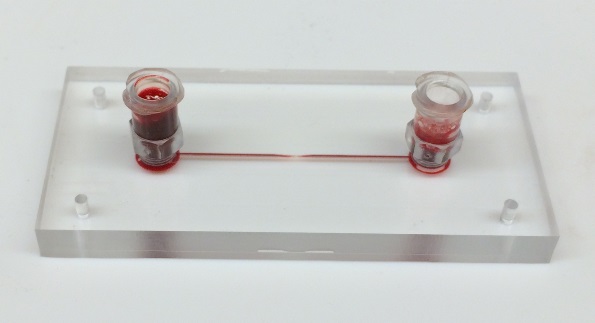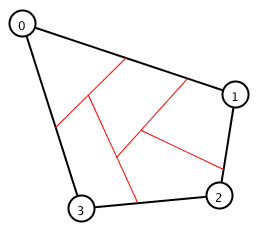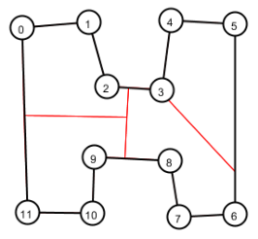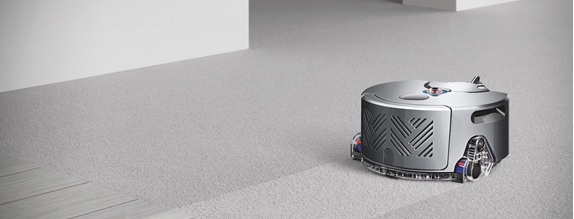A key aspect of translational research in the medical devices domain is migrating to thermoplastic polymers like PMMA (commonly referred to as acrylic). The fabrication of microfluidic channels involves two surfaces. One surface has the open channels and the features necessary for microfluidics. The second surface provides the closing interface almost like a lid. The challenge is to create a hermetically sealed interface between these two surfaces without using any adhesives. There are several bonding technologies like laser welding and ultra-sonic welding that are perfect for such applications, but they are expensive and time consuming. In this post, I will describe a low cost prototyping technique that delivers optically clear, hermetically sealed bonding for thermoplastic microfluidics.
Basic Concept
The thermoplastic surfaces to be bonded are sandwiched between two aluminum plates. The bottom plate is heated, and precise pressure is applied from the top. The performance of the bonding will depend upon
- Temperature of the hot plate
- Pressure applied
- Bonding Time
- Surface roughness of the bonding plates (important for optically clear finish)
Any issues like uneven bonding, bubbles, feature deformation can be overcome by adjusting the above parameters. More on these common mistakes, once I have covered the basic process. Continue reading









